10 Tech Gadgets You Own That Will Be Dead in 5 Years
Technology rarely asks for permission before moving on. One minute you’re swiping through a device that seems indispensable, the next it’s collecting dust in a drawer—its job replaced by something sleeker, faster, or more connected. Here’s a closer look at the tools that may vanish while we’re busy adjusting to what’s next.
Physical Credit Cards
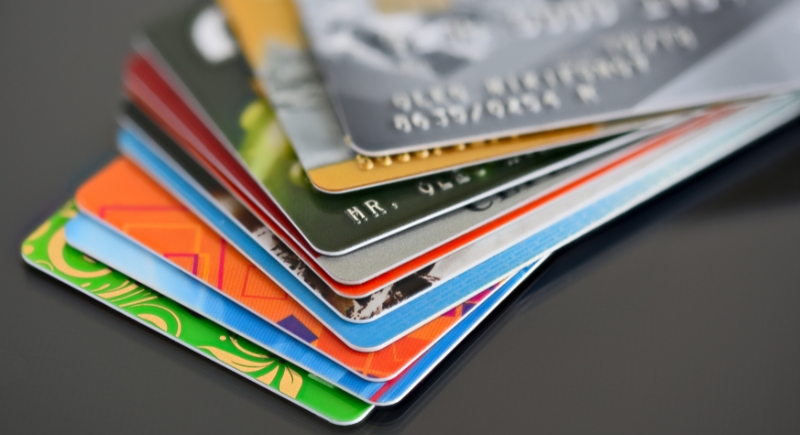
Credit: Canva
Tap-to-pay, digital wallets, bank apps, and biometric authentication are replacing traditional plastic cards. According to Bloomberg, over 80% of U.S. consumer spending has now shifted to cashless transactions. Apple Pay and Google Wallet streamline these purchases.
Gaming Consoles
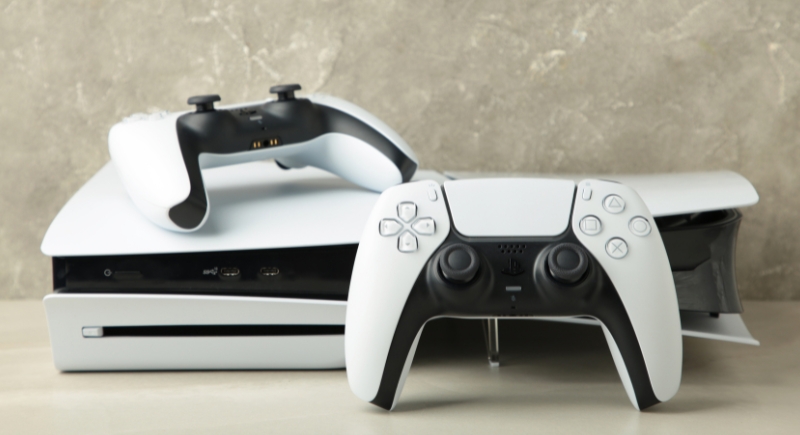
Credit: Canva
Console-free gaming is gaining ground with platforms like GeForce Now and Xbox Cloud Gaming. These services let you play blockbuster titles from a phone, laptop, iPad, or tablet with just a controller and fast internet. Statista even reports that cloud gaming revenue is expected to hit $8.17 billion by 2025.
Remote Controls

Credit: pexels
Smart speakers and voice assistants are replacing remote buttons. Amazon Echo and Google Assistant respond instantly to commands for volume, streaming, or even thermostat settings. In fact, one report suggests that 63% of U.S. households with broadband now own a voice assistant.
LCD Televisions
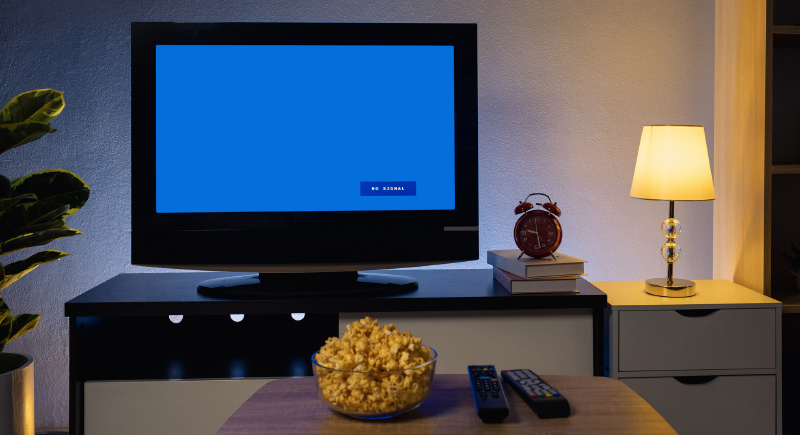
Credit: iStockphoto
Those bright OLED panels are thinner and don’t need a backlight. LG’s “wallpaper” W-series, announced at CES, is just 0.1 inches thick and sticks to walls with magnets. The better color accuracy and power efficiency mean OLED is taking over quickly, and LCDs are already sliding out of high-end product lines, per TechRadar and LG Electronics.
Wired Phone Chargers
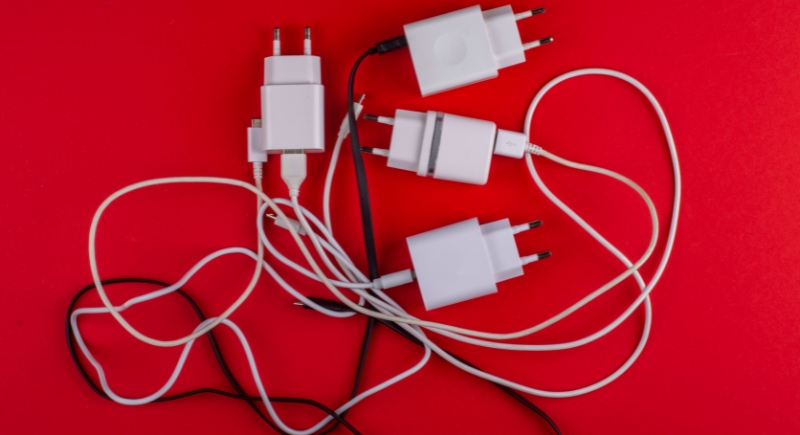
Credit: Getty Images
Wireless charging pads are common on nightstands and restaurant tables. Samsung and Apple both support Qi wireless charging, and companies are now experimenting with over-the-air methods. A team at the University of Washington has even created a prototype that captures power from Wi-Fi.
LED Light Bulbs
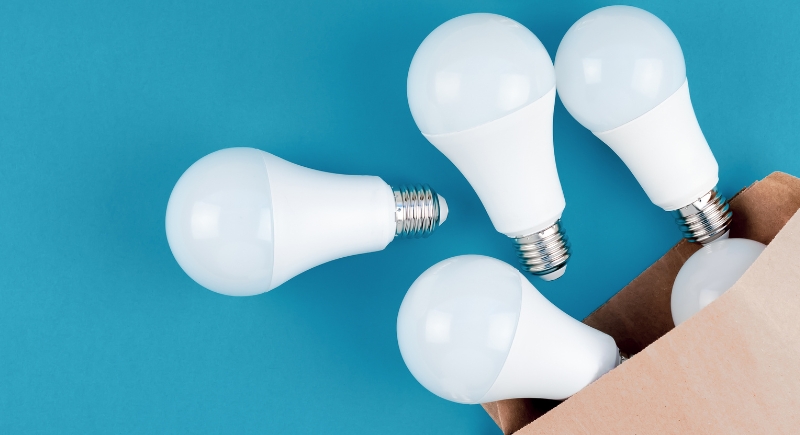
Credit: Canva
OLED lighting panels offer uniform brightness and are easier on the eyes than point-source LEDs. They’re thin, flexible, and cooler to the touch. Companies like OSRAM and Philips have already invested millions in OLED lighting, and according to IDTechEx, the market is expected to reach $2 billion globally by 2027.
Optical Storage Media

Credit: Canva
Streaming services and cloud backups have mostly sidelined CDs, DVDs, and Blu-rays. People now upload and stream media with fast internet instead of saving it to discs. The Recording Industry Association of America reported that physical music formats made up just 11% of total music revenue in 2023.
Media Streaming Devices
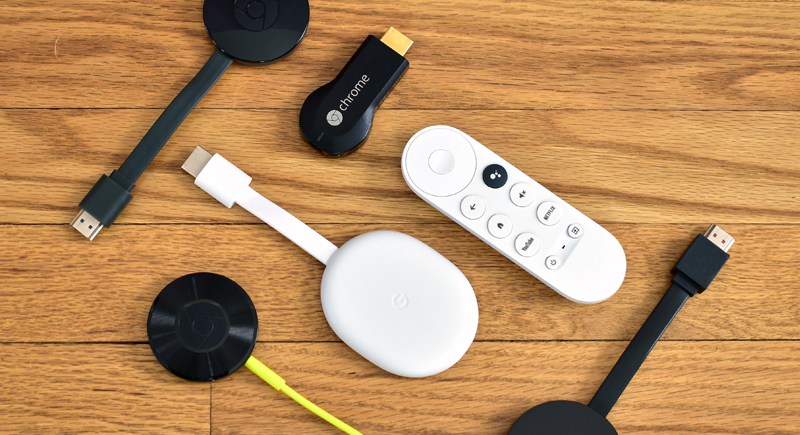
Credit: Wikimedia Commons
Televisions now come with built-in platforms, such as Roku and Android TV. As per IHS Markit, more than 60% of all TVs shipped in 2023 were smart TVs. As technology improves, the need for external devices like Fire TV Sticks and Apple TV boxes continues to decline.
Traditional Alarm Clocks

Credit: Canva
Why reach for a dedicated alarm clock when your phone does more? Sleep apps, sunrise simulations, and smart assistants make phones more useful on your nightstand. NPD Group reports that alarm clock sales have dropped steadily since 2010. Most people prefer fewer gadgets cluttering up the bedroom.
Intel-Based MacBook Pro
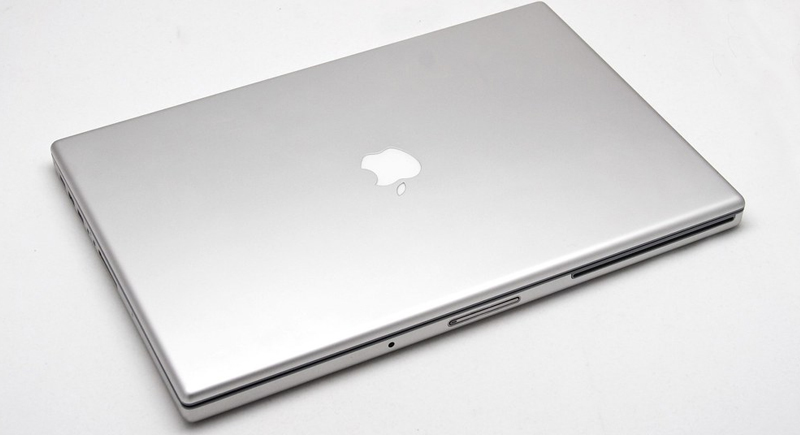
Credit: flickr
Apple’s transition to its own M-series chips has made Intel versions look outdated. M3 MacBooks offer longer battery life, faster performance, and cooler operation. According to Apple’s Q1 2024 earnings, nearly 80% of MacBook sales were M-series. Support for Intel models will gradually go down.
Upright Vacuums
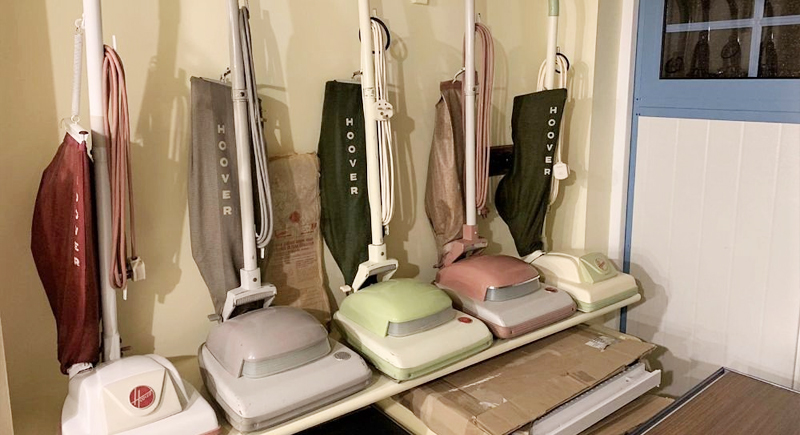
Credit: flickr
Robotic models are pulling ahead, as iRobot’s Roomba and competitors like Roborock have taken a solid chunk of the market. In 2023, robot vacuums made up over 28% of the global vacuum market, according to TechNavio. Uprights are still used, but people prefer convenience over cords.
Passwords

Credit: Getty Images
Biometrics like face ID, voice recognition, and fingerprint sensors are already replacing typed passwords on phones and laptops. Google and Microsoft support passkeys, and the FIDO Alliance is pushing to eliminate passwords altogether.
Physical Car Mirrors
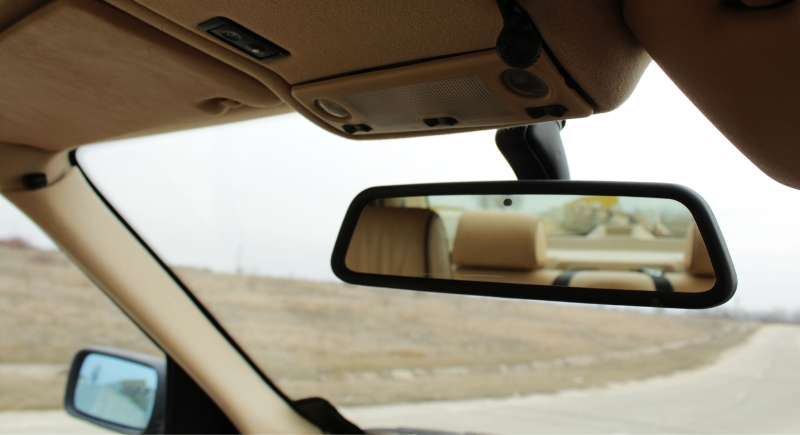
Credit: Getty Images
Nowadays, digital mirrors use cameras and display screens to show surroundings more accurately. Brands such as Gentex supply full-display mirrors to major automakers, and the United States Department of Transportation already mandates backup cameras. As driver-assistance systems become increasingly common, traditional mirrors may become redundant.
Standalone GPS Devices

Credit: Getty Images
Smartphones and connected car systems have replaced Garmin and TomTom devices. Google Maps, Apple Maps, and Waze offer real-time traffic data, rerouting, and voice instructions. Statista reports that the portable GPS device market has declined by over 70% since 2013. Navigation apps are doing the job better—and for free.
Fax Machines
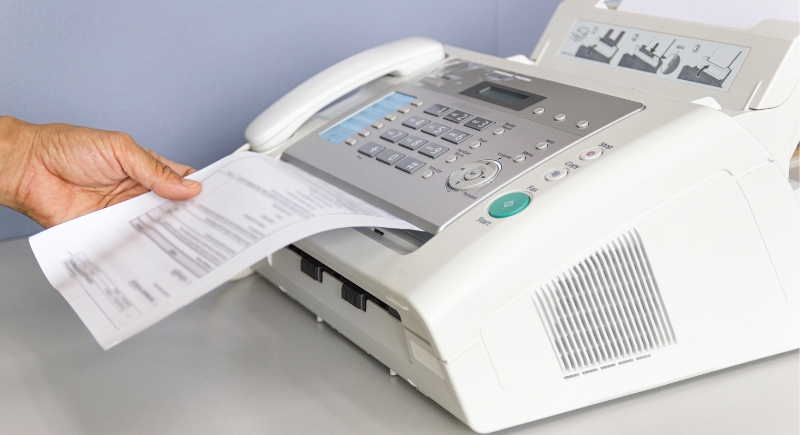
Credit: Getty Images
Email, e-signatures, and cloud document sharing have reduced the need to fax anything. Services like DocuSign and Adobe Acrobat Sign are now widely accepted, including by banks and courts. The U.S. fax usage has declined by more than 15% annually for five years.
Portable DVD Players
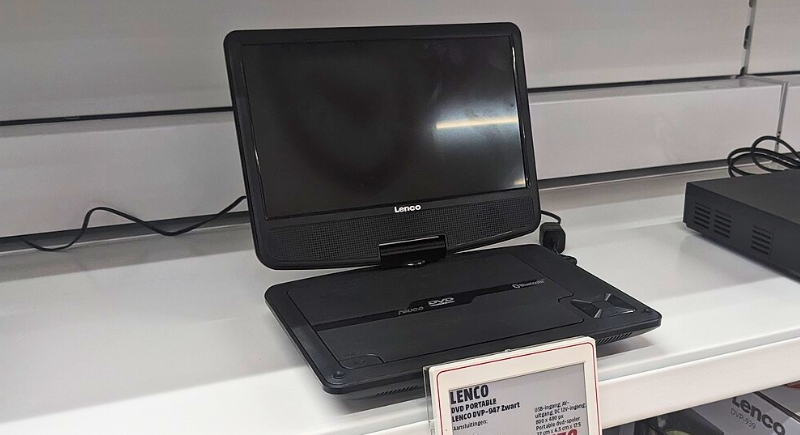
Credit: Wikimedia Commons
Portable DVD players once saved long road trips from endless sibling fights, but their moment is over. With tablets and smartphones offering high-definition streaming and massive storage, clunky discs feel ancient. According to Statista, over 85% of Americans now stream video content, leaving portable DVD players to collect dust in forgotten drawers.
E-Readers Without Backlights
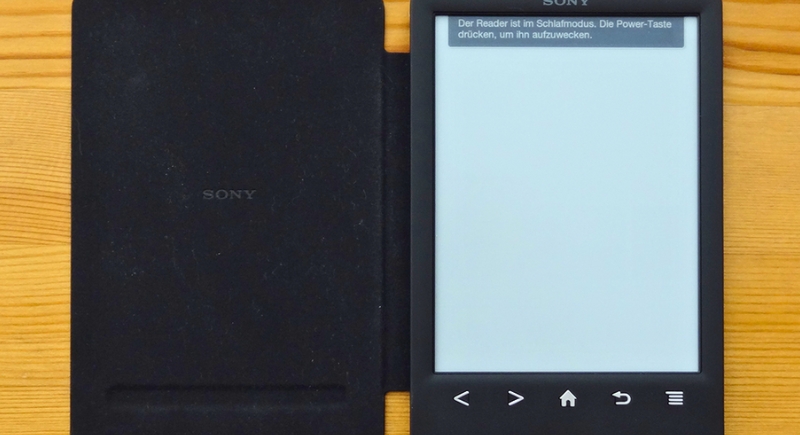
Credit: Wikimedia Commons
E-readers without backlights are fading fast as newer models let you read anywhere, even in the dark. Devices like the Kindle Paperwhite offer built-in lighting and waterproof designs that old models can’t match. According to Pew Research, nearly 30% of Americans now read e-books, pushing basic e-readers toward extinction.